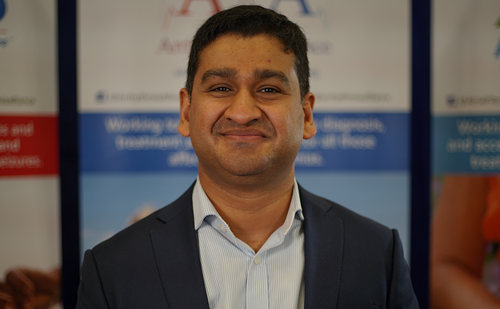Introduction: Day case device procedures are now standard practice however there still appears to be some uncertainty and no clear guidance in the post implant device check policies. The majority of complications with devices occur in-hospital or during the first 6 months following implantation. Although the British Heart Rhythm Society recommends patients should be monitored for a suitable period of time prior to discharge, there is no statement that a pre-discharge device check is necessary and there have been no studies published to prove that post-implant checks are required to identify complications. This remains an area of uncertainty. In our centre pre discharge checks are performed following cardiac resynchronisation, complete heart block and operator requested cases only. We audited this practice.
Method: A retrospective analysis was carried out of all pre discharge checks of all admission types (elective and emergency patients). SICD and Micra implants were excluded. Lead problems identified and remedial action taken was documented.
Results: In 6 months (October 2018 to March 2019), there were 897 implants of which 378 (42%) had a pre discharge device check. In 25 (6.6%) patients, a problem with the lead was found. In 1 patient, two leads had problems.
Complications for each device showed:
- 14 (10%) out of 135 – CRTs (13 x LV leads, 2 x RV leads) accounting for 56% of complications
- 11 (4.5%) out of 243 – Pacemakers and ICDs (5 x RA leads, 6 x RV leads) accounting for 44% of complications
The complication breakdown was:
- High thresholds which were all reprogrammable
- 10 x LV
- 2 x RV
- 1 x RA
- No capture
- 2 x LV – 1 x LV lead not required due to clinical trial prophylactic implant; 1 x patient too frail for re-intervention
- Displaced lead – intervened
- 1 x LV
- 2 x RA
- 2 x RV
- Lead perforation – intervened
- 1 x RV
- Low P/R wave which were all reprogrammable
- 2 x RA
- 2x RV
In 5 patients (1.3%), re-intervention was required due to 5 x lead displacements and 1 x lead perforation. The majority of complications were reprogrammable. There did not appear to be any procedural factors correlating with the complication rate. Only 2 patients were identified as high risk with intermittent loss of RV lead function. There were 8 patients that had a delayed discharge with just 4 of these due to lead complications alone. The remainder were delayed due to ACS management, chest drain in situ and already in an ITU bed. According to the NICOR criteria the true complication number due to re-intervention and delayed discharge was 9 patients (2.4%).
Conclusion: A pre discharge check in a selected group of patients identifies an important number of lead problems that need either further intervention or reprogramming. This should be recommended in clinical guidelines.







